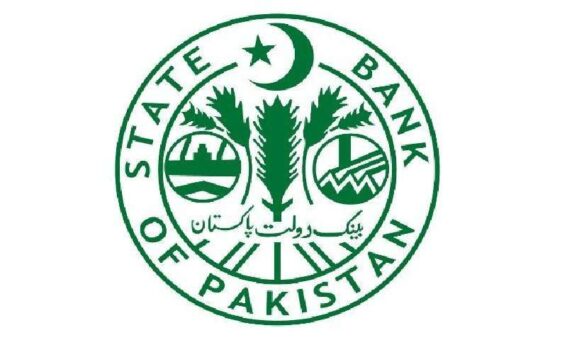Karachi, October 18, 2025 – The State Bank of Pakistan (SBP) has proposed key policy measures to boost electricity demand in the country, highlighting that affordable, reliable, and efficiently distributed power is vital for sustained economic growth.
According to the SBP’s latest report, Pakistan’s electricity sector faces a persistent imbalance between installed generation capacity and actual demand. Despite a generation capacity of 45,888 megawatts (MW) at the end of FY24, the peak demand reached only 30,150 MW—leaving nearly 7,500 MW of new plants expected by 2030 underutilized. This mismatch continues to raise electricity costs, as capacity payments must still be made to Independent Power Producers (IPPs) even when plants remain idle.
SBP’s Key Policy Suggestions
1. Rationalize Tariff Structures:
The SBP recommends revising the current punitive slab-based tariff system with a more gradual rate progression. A middle-tier pricing band for households just above lifeline slabs could make electric cooking more affordable and practical amid ongoing gas shortages.
2. Mainstream Time-of-Use (ToU) Pricing:
The report suggests expanding ToU pricing to offer off-peak discounts, encouraging industries and households to shift flexible consumption—such as ironing, refrigeration, and washing—to non-peak hours. This would ensure better grid utilization without new power generation.
3. Industrial Incentives for Grid Reliance:
The SBP also proposes demand packages offering reduced electricity rates during nights and weekends to make it feasible for industries to move back from captive generation to grid electricity.
Challenges in Power Sector Efficiency
Pakistan’s electricity sector continues to face high aggregate technical and commercial (AT&C) losses—around 18 percent, significantly higher than regional peers. These inefficiencies raise tariffs for paying consumers, driving many to alternative energy sources like solar, which further reduces grid demand and increases costs for remaining users.
Addressing Solar Impact and Idle Capacity
While solar adoption is growing due to falling installation costs and higher grid prices, the SBP notes that this trend, combined with inefficient billing and collection systems, threatens the financial stability of the grid. Without reforms to enhance demand and improve distribution, Pakistan risks maintaining a “high-cost, low-demand” power model that stifles competitiveness.
Government Measures and Future Outlook
Recent steps—such as higher levies on captive natural gas and a Rs 1.71 per unit subsidy to encourage grid electricity use—are positive but insufficient. The SBP emphasizes that only long-term structural reforms and efficient tariff design can sustainably expand grid demand and ensure affordable energy for all sectors.
At the core, the SBP concludes that Pakistan cannot achieve durable economic growth without expanding electricity demand alongside ensuring cheap, reliable, and accessible power for households and industries alike.
